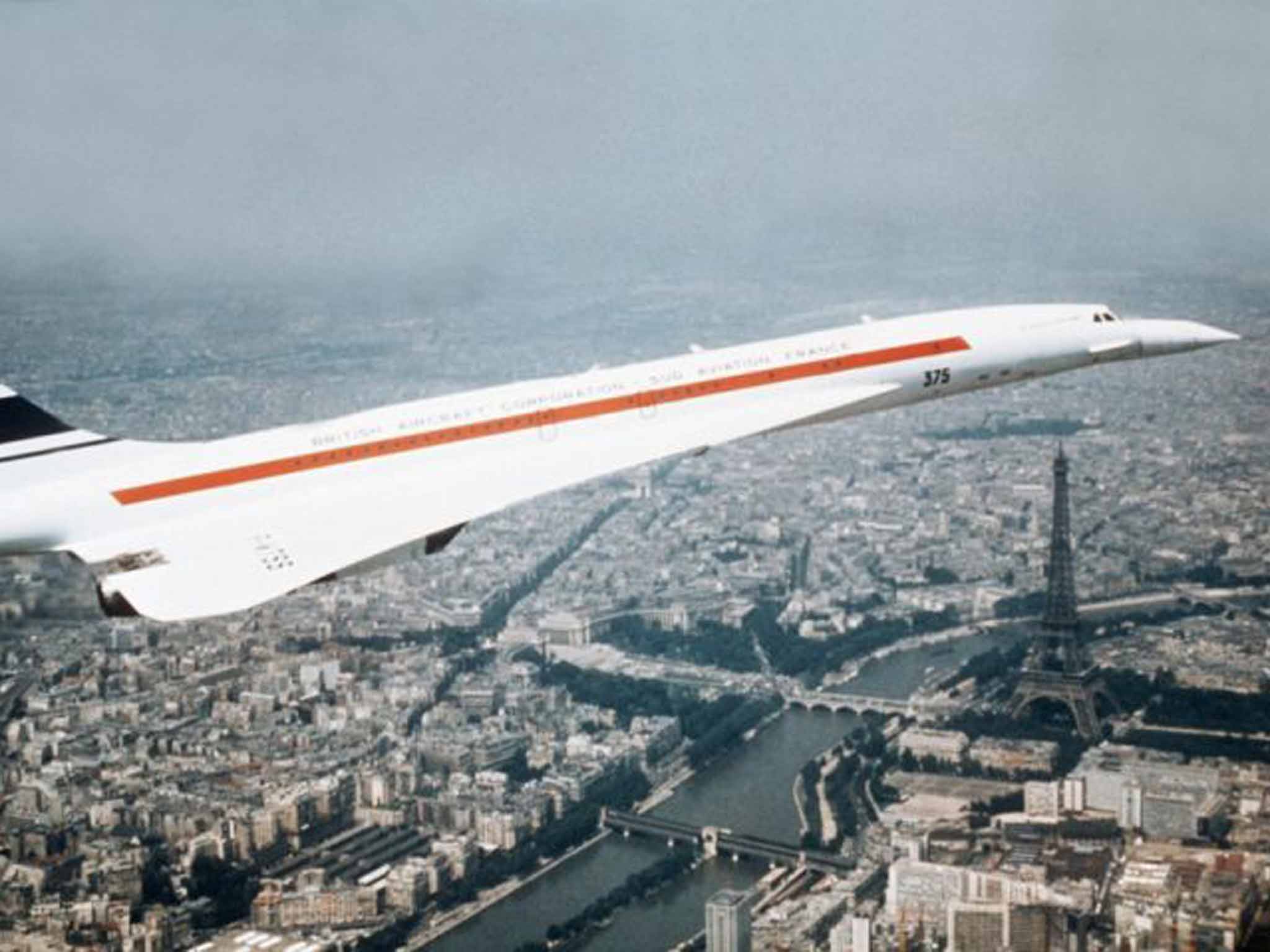Why Concorde was unique and flying today is mundane
Despite its high fare, it was the preferred means of travel for many transatlantic commuters

Your support helps us to tell the story
From reproductive rights to climate change to Big Tech, The Independent is on the ground when the story is developing. Whether it's investigating the financials of Elon Musk's pro-Trump PAC or producing our latest documentary, 'The A Word', which shines a light on the American women fighting for reproductive rights, we know how important it is to parse out the facts from the messaging.
At such a critical moment in US history, we need reporters on the ground. Your donation allows us to keep sending journalists to speak to both sides of the story.
The Independent is trusted by Americans across the entire political spectrum. And unlike many other quality news outlets, we choose not to lock Americans out of our reporting and analysis with paywalls. We believe quality journalism should be available to everyone, paid for by those who can afford it.
Your support makes all the difference.There is a generation of youngsters who have never heard of Concorde. Recently, when talking to my young cousins about the supersonic aircraft, I was met with a reaction of bewilderment and amazement, even more so when I informed them of Concorde's flying abilities – that it travelled at twice the speed of sound, faster than a bullet and flew on the edge of space, 11 miles above the Earth's surface. They found it hard to comprehend that a flight from London to New York took just three and a half hours, in effect arriving before it left when taking into account the five-hour time difference.
Forty years after the first scheduled flights took off on 21 January 1976, this great Anglo-French icon now languishes in museums worldwide, following its retirement in 2003. Concorde is a historic reminder of our glorious past when the aircraft was not only the flagship of British Airways but of Britain.
Having worked on Concorde for seven years, and having also recently published a book about my career, I am often reminded of how special it was to the British public by the many times I've been told, "We always dashed outside if we heard Concorde come over" or, "It was like a swan – its distinctive shape, mesmerising" and by one fan's touching comment that his only wish was to see Concorde fly again.
Concorde was unique in so many ways. For instance, there were more astronauts than there were Concorde pilots. This elite group of flight and cabin crew were numbered in their hundreds. Despite its high fare, it was the preferred means of travel for many transatlantic commuters. It was not unusual for executives of big companies to take the morning flight to New York for a meeting and return with us on the afternoon flight.
It was a favourite with A-listers, politicians, and royalty. Even for these high fliers, travelling supersonically never became mundane. There was the thrill of watching the Mach meters at the front of each cabin, as the aircraft hit the speed of Mach 1 (the speed of sound) and then Mach 2 – 1,350mph, its cruising speed. Passengers would raise their champagne glasses and toast these wonderful moments. Sometimes there was a party atmosphere, especially for first-timers. They dined on canapés of lobster and caviar followed by a five-course meal, and drank vintage wines. Looking out of the tiny windows one could see the violet curvature of the Earth from 58,000 feet. It made one feel very insignificant in the great scheme of things. The speed of the aircraft was re-inforced when, in winter, on our way to New York we would leave London at 6pm and catch up with the setting of the sun.
Concorde's 27 years of service comprised an era of glamour and adventure unsurpassed by today's mundane flying schedules. All those who flew on Concorde would admit she was more than just an aircraft. Concorde stole our hearts.
Sally Armstrong is the author of 'Vintage Champagne on the Edge of Space', published by History Press, £9.99
Join our commenting forum
Join thought-provoking conversations, follow other Independent readers and see their replies
Comments